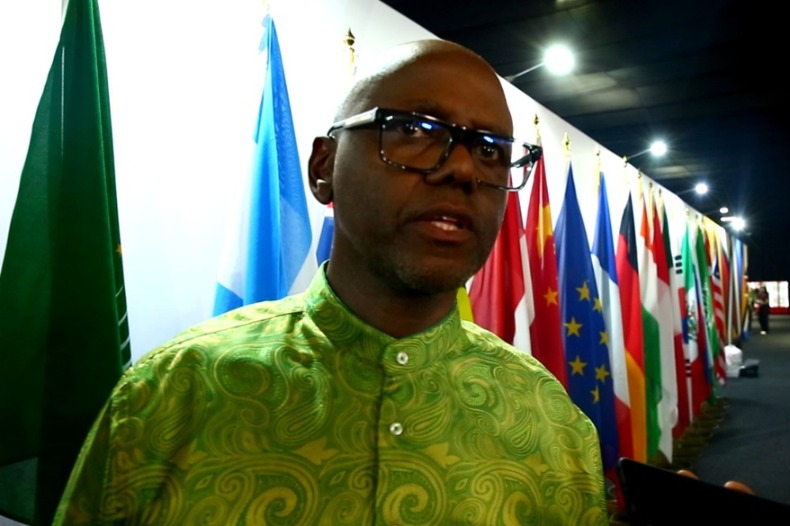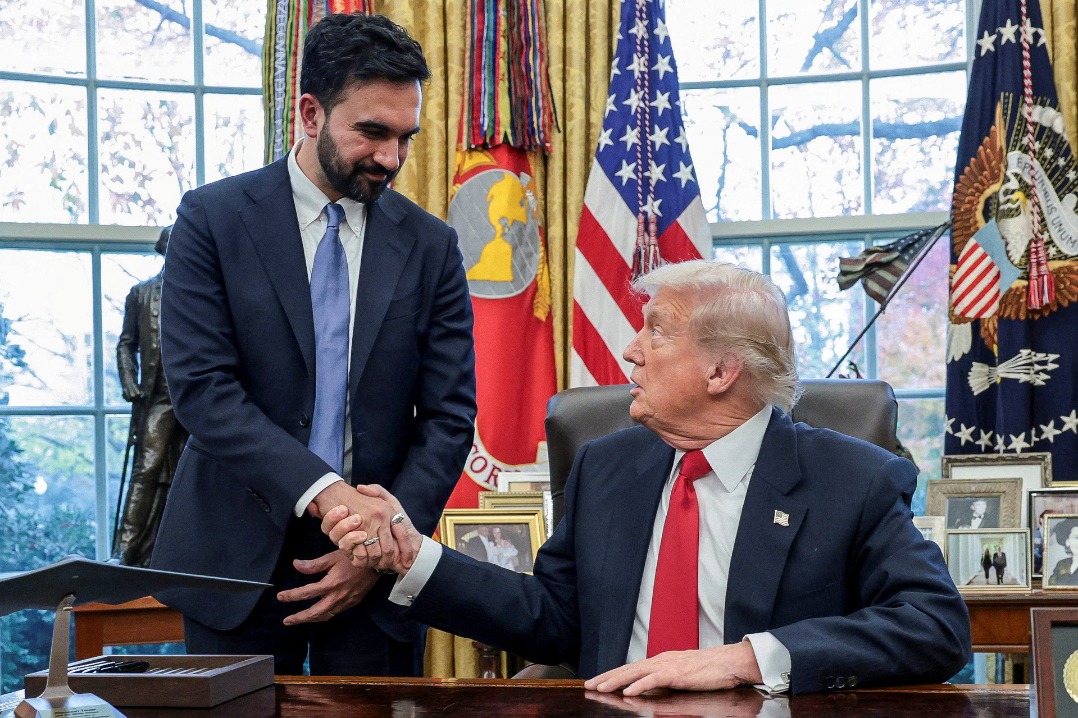US wants 2 years to ID migrant kids separated from families


SAN DIEGO — The Trump administration wants up to two years to find potentially thousands of children who were separated from their families at the border before a judge halted the practice last year, a task that it says is more laborious than previous efforts because the children are no longer in government custody.
The Justice Department said in a court filing late Friday that it will take at least a year to review about 47,000 cases of unaccompanied children taken into government custody between July 1, 2017 and June 25, 2018 — the day before US District Judge Dana Sabraw halted the general practice of splitting families. The administration would begin by sifting through names for traits most likely to signal separation — for example, children under 5.
The administration would provide information on separated families on a rolling basis to the American Civil Liberties Union, which sued to reunite families and criticized the proposed timeline on Saturday.
"We strongly oppose a plan that could take up to two years to locate these families," said Lee Gelernt, the ACLU's lead attorney. "The government needs to make this a priority."
Sabraw ordered last year that more than 2,700 children in government care on June 26, 2018 be reunited with their families, which has largely been accomplished.
Then, in January, the US Health and Human Services Department's internal watchdog reported that thousands more children may have been separated since the summer of 2017. The department's inspector general said the precise number was unknown.
The judge ruled last month that he could hold the government accountable for families that were separated before his June order and asked the government submit a proposal for the next steps. A hearing is scheduled April 16.
Sheer volume makes the job different than identifying children who were in custody at the time of the judge's June order, Jonathan White, a commander of the US Public Health Service and Health and Human Services' point person on family reunification, said in an affidavit.
White, whose work has drawn strong praise from the judge, would lead the effort to identify additional families on behalf of Health and Health and Human Services with counterparts at Customs and Border Protection and US Immigration and Customs and Enforcement.
Dr Barry Graubard, a statistics expert at the National Cancer Institute, developed a system to flag for early attention those most likely to have been separated.
The vast majority of separated children are released to relatives, but many are not parents. Of children released in the 2017 fiscal year, 49 percent went to parents, 41 percent to close relatives such as an aunt, uncle, grandparent or adult sibling and 10 percent to distant relatives, family friends and others.
The government's proposed model to flag still-separated children puts a higher priority on the roughly half who were not released to a parent. Other signs of likely separation include children under 5, younger children traveling without a sibling and those who were detained in the Border Patrol's El Paso, Texas, sector, where the administration ran a trial program that involved separating nearly 300 family members from July to November 2017.
Saturday marks the anniversary of the administration's "zero tolerance" policy to criminally prosecute every adult who enters the country illegally from Mexico.
The administration retreated in June amid an international uproar by generally exempting adults who come with their children. The policy now applies only to single adults.
AP
































